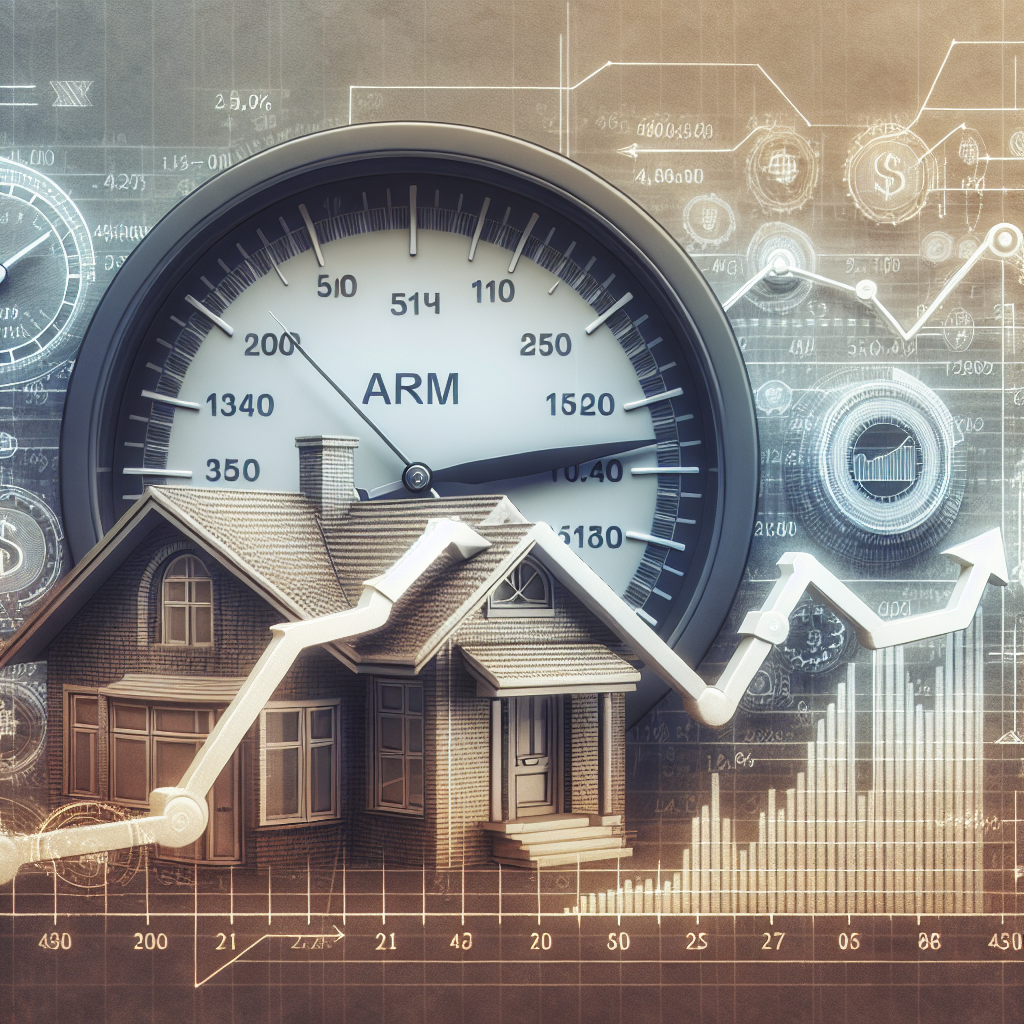
Arm loan
Understanding Adjustable Rate Mortgages: A Comprehensive Guide
When it comes to finding the right mortgage for your home, the choices can feel overwhelming. Among the various options available, one type that often comes up is the **adjustable rate mortgage**, commonly referred to as an ARM. This article will explore the ins and outs of ARMs, their benefits and drawbacks, and who they might be best suited for.
What is an Adjustable Rate Mortgage?
An **adjustable-rate mortgage** is a type of home loan where the interest rate varies over time, in contrast to a fixed-rate mortgage where the interest remains the same throughout the life of the loan. The initial rate on an ARM is typically lower than that of a fixed-rate mortgage, which can make it attractive to many homebuyers seeking to minimize costs in the early years of their loan.
How Does an ARM Work?
The structure of an ARM is designed to offer a fixed interest rate for an initial period, which is then followed by adjustments according to the terms outlined in the agreement. Here’s how it typically works:
- Initial Fixed Rate Period: Most ARMs come with an initial phase that lasts anywhere from 5 to 10 years, during which the interest rate is fixed.
- Adjustment Period: After the initial phase, the interest rate is adjusted at regular intervals (annually, biannually, etc.), based on a specific index plus a margin determined by the lender.
- Rate Caps: To protect borrowers from sudden spikes in payment, most ARMs include caps that limit how much the interest rate can increase during a single adjustment period and over the life of the loan.
Benefits of an Adjustable Rate Mortgage
Though ARMs come with risks, they also offer several benefits that can be particularly advantageous for certain types of borrowers:
- Lower Initial Rates: The main allure of an ARM is the lower initial interest rate, which can result in reduced monthly payments during the introductory phase.
- Potential for Lower Overall Costs: If interest rates do not rise significantly and the borrower remains in the home for a shorter duration, an ARM may cost less overall compared to a fixed-rate mortgage.
- Flexibility: Many ARMs allow for refinancing options or early payoffs without hefty penalties, which can provide borrowers with greater financial maneuverability.
Drawbacks of an Adjustable Rate Mortgage
While ARMs can be appealing, there are also notable drawbacks that potential borrowers should consider:
- Rate Volatility: Just as the rate can start low, it can also increase at predetermined intervals, which may lead to unexpectedly high monthly payments.
- Complexity: ARMs can be more complicated than fixed-rate loans, with various terms and conditions that can be difficult to navigate.
- Long-Term Uncertainty: Borrowers planning to stay in their home long-term may find that the variances in their loan amount can complicate budgeting and financial planning.
Who Should Consider an ARM?
Understanding the right audience for adjustable-rate mortgages can help mitigate some of the risks associated with them. Here are some types of borrowers who might benefit most:
- First-Time Homebuyers: Those just entering the housing market who may not have the financial bandwidth for larger payments can take advantage of the lower initial rates.
- Homebuyers Planning to Move Soon: If you anticipate selling your home within a few years, you can benefit from lower payments without experiencing the effects of rate adjustments later.
- Those who Can Handle Uncertainty: If you have a flexible income situation and can cope with fluctuations in monthly payments, an ARM could offer savings in those early years.
Is an ARM Right for You?
Deciding if an adjustable-rate mortgage is suitable involves evaluating your financial situation and long-term goals. Here are some considerations to help you make that decision:
- Financial Stability: Assess if your current and projected income can accommodate potential increases in mortgage payments.
- Time Horizon: Think about how long you plan to live in the home and whether you are prepared for possible rate changes.
- Market Trends: Keep an eye on current interest rates and economic forecasts, as these can influence whether an ARM might benefit you or put you at risk.
How to Shop for an ARM
When searching for the right adjustable-rate mortgage, there are a few steps borrowers should follow:
- Research Lenders: Look for lenders that offer competitive rates and favorable terms on ARMs.
- Compare Offers: Get quotes from multiple lenders and evaluate their offerings, including rates, fees, and the adjustment schedule.
- Read the Fine Print: Make sure to understand the specifics of the loan agreement, including possible rate caps, index information, and adjustments.
Conclusion
Adjustable-rate mortgages can be a valuable option for savvy homebuyers who understand their potential benefits and risks. While the lower initial rates can offer significant savings, it's crucial to consider your long-term financial situation and how an ARM fits into your overall homeownership strategy. By doing your research and asking the right questions, you can make an informed choice about whether an ARM is the right fit for you.
"A home mortgage is often one of the most significant financial commitments a person makes, so understanding your options is crucial." — Financial Advisor
Whether you choose a fixed-rate mortgage or an ARM, the important thing is to find the loan that fits not just your budget, but your financial goals. With careful consideration and planning, you can take the right steps toward securing your future in your new home.
By Guest, Published on August 1st, 2024